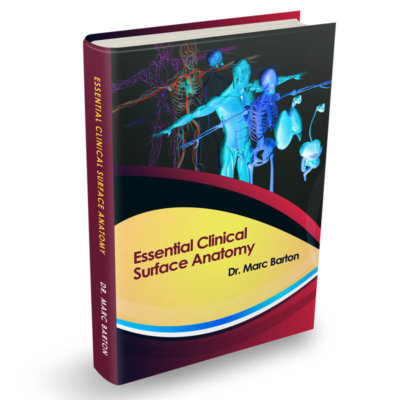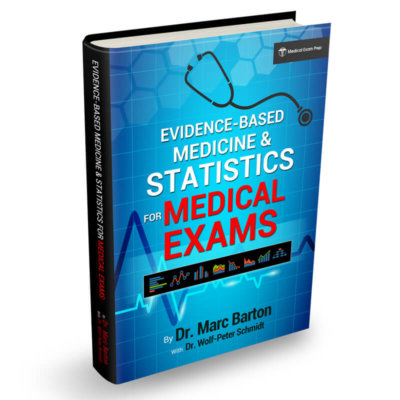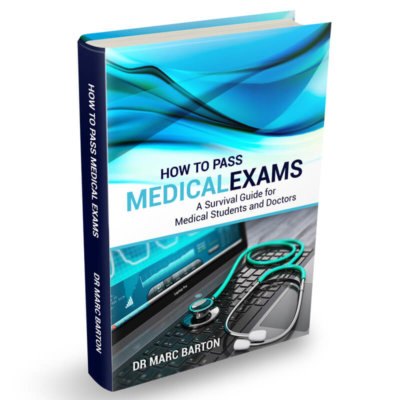Exam Tips
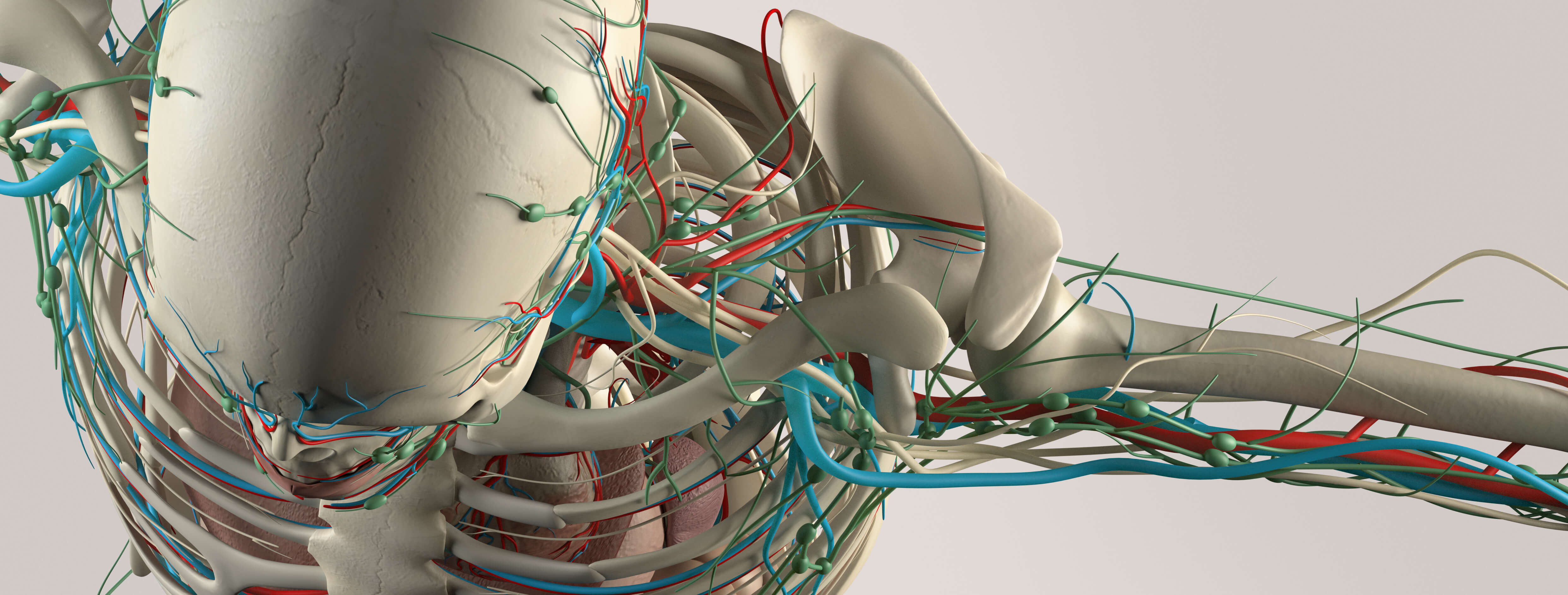
Upper Limb Nerve Lesions (Part 4 – The Ulnar Nerve)
In Part 3 of our ‘Upper Limb Nerve Lesions’ series we learnt about the median nerve and the most commonly occurring lesions associated with damage to it. We now move on to the ulnar nerve and it’s associated nerve lesions. The ulnar nerve is a major branch of the...
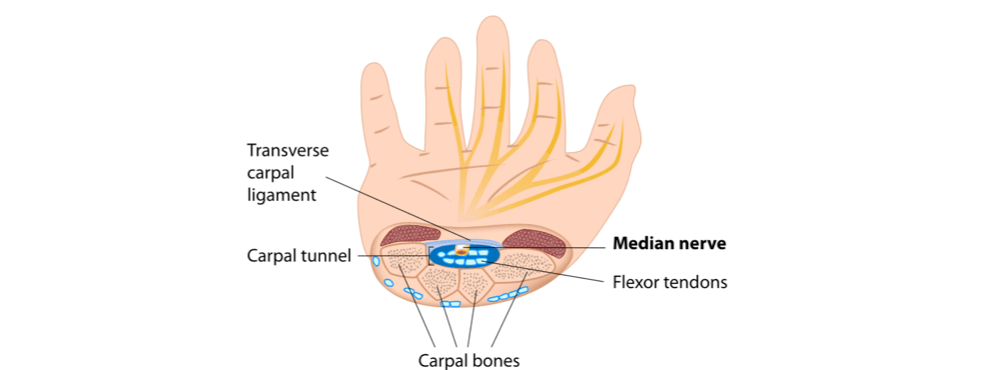
Upper Limb Nerve Lesions (Part 3 – The Median Nerve)
In Part 2 of our ‘Upper Limb Nerve Lesions’ series we learnt about the radial nerve and the most commonly occurring lesions associated with damage to it. We now move on to the median nerve and it’s associated nerve lesions. The median nerve is a major branch of the...
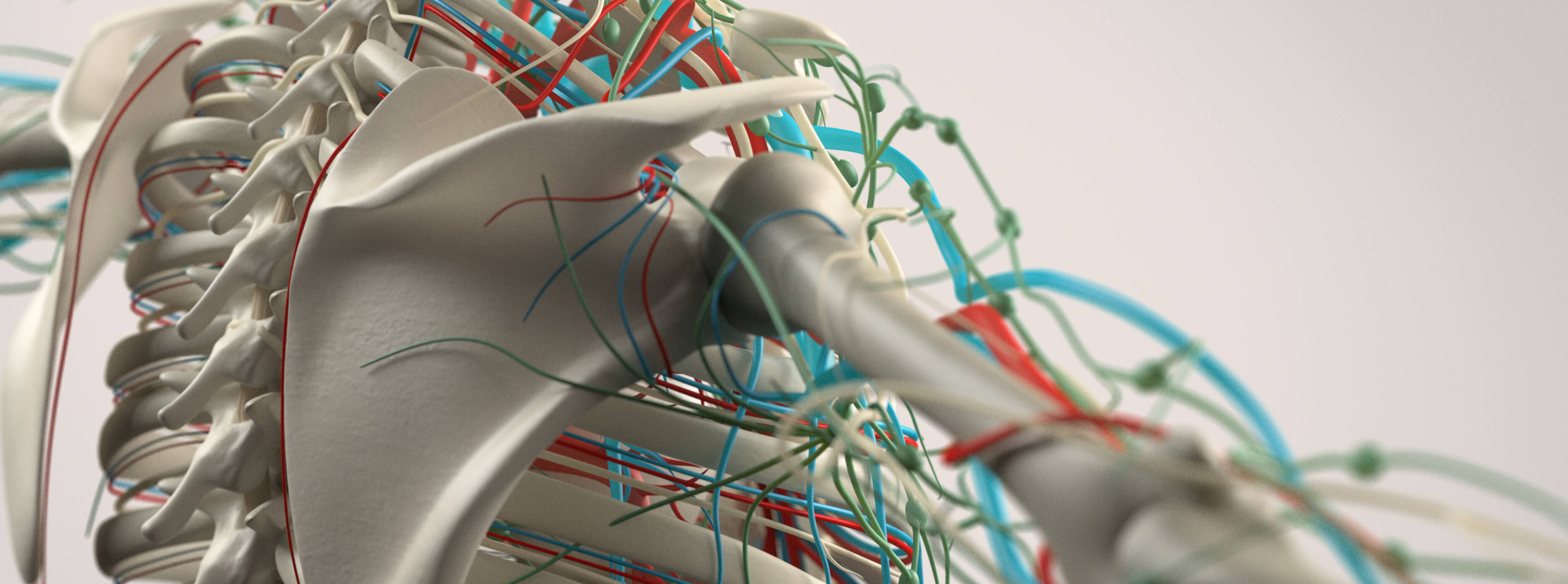
Upper Limb Nerve Lesions (Part 2 – The Radial Nerve)
In Part 1 of our ‘Upper Limb Nerve Lesions’ series we learnt about the brachial plexus and the two most commonly occurring lesions associated with damage to it. We now move on to the radial nerve and its associated nerve lesions. The radial nerve is a major branch of...
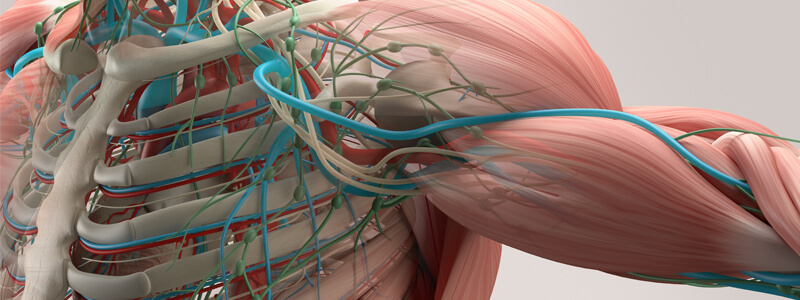
Upper Limb Nerve Lesions (Part 1 – The Brachial Plexus)
Upper limb nerve lesions are commonly tested in the basic sciences section of both undergraduate and postgraduate medical examinations and occur very frequently in the FRCEM and MRCS examinations. They are very important because they occur commonly in clinical...

Interpreting Diagnostic Tests
What are diagnostic tests? A diagnostic test can be defined as ‘any kind of medical test performed to aid in the diagnosis or detection of disease, injury or any other medical condition’. Typically with any diagnostic test some of those at risk will be missed (false...
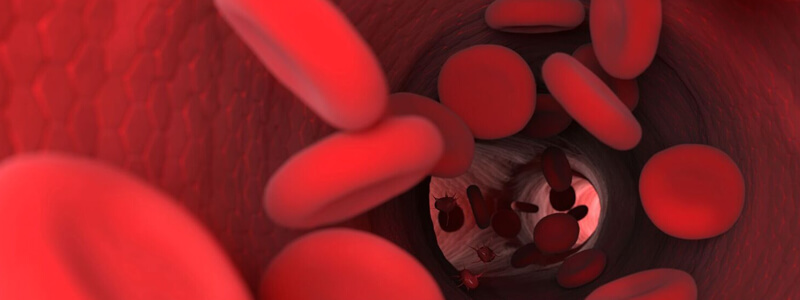
Understanding the Oxygen Dissociation Curve
What is the oxygen dissociation curve? The oxygen dissociation curve is a graph that plots the proportion of haemoglobin in its oxygen-laden saturated form on the vertical axis against the partial pressure of oxygen on the horizontal axis. The curve is a valuable aid...

Improving Your Confidence
“With confidence, you have won before you have started.” Marcus Garvey The importance of self-confidence Psychologists have long reported that intelligence isn’t the only predictor of academic achievement and that self-confidence is also an excellent predictor...
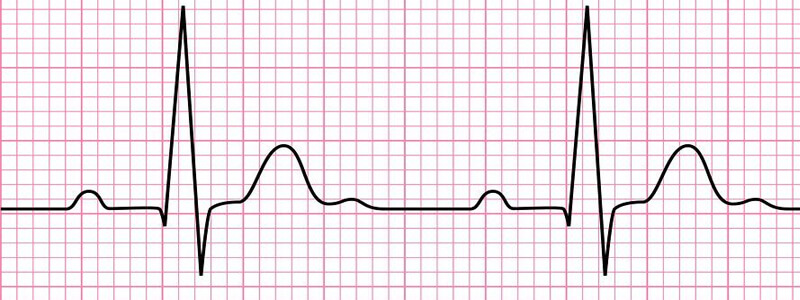
The Basics of ECG Interpretation (Part 3 – Waves, Segments & Intervals)
Waves, Segments & Intervals In Part 2 of ‘The Basics of ECG Interpretation’, we learnt how to calculate the rate, rhythm and axis. After this has been done the final step in ECG interpretation should be the evaluation of the waves, segments and intervals. ...
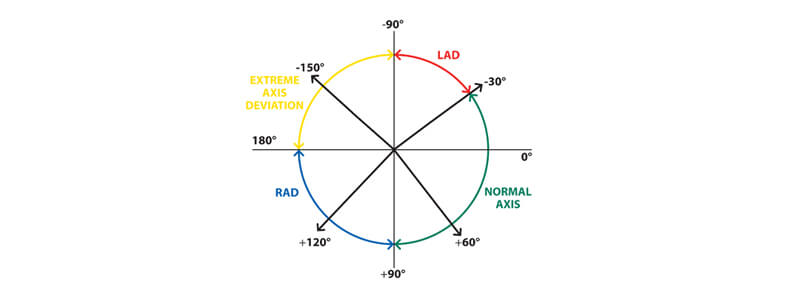
The Basics of ECG Interpretation (Part 2 – Rate, Rhythm and Axis)
The ECG Tracing In Part 1 of ‘The Basics of ECG Interpretation’, we learnt that the ECG is a simple diagnostic test that records the electrical activity of the heart over a set time period. The ECG machine does this by creating a trace in which voltage is plotted on...
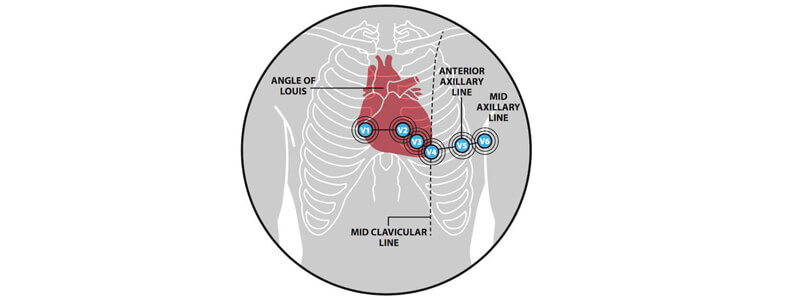
The Basics of ECG Interpretation (Part 1 – Anatomy and Physiology)
What is an ECG? The electrocardiogram, or ECG, is a simple diagnostic test which records the electrical activity of the heart over a set time period via the process of attaching a series of electrodes at particular points on a patient’s body. Many medical students,...


